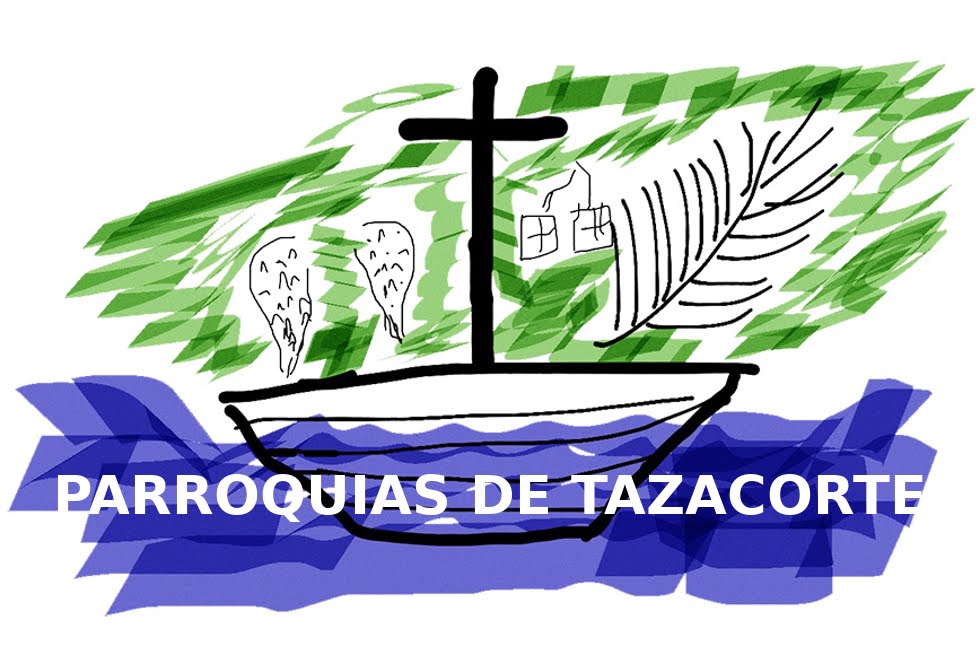RELIQUARY AND CHEST
It is known from the inventory of 1613 that, between the high altar table and the pedestal on which the Flemish image of the Archangel Saint Michael is venerated, there was a "chest or reliquary where the relics that are kept in the said church"
Other ecclesiastical visits in 1672 and 1701 confirmed that the relics of the church of Saint Michael and those that are currently kept in the neighbouring Sanctuary of Las Angustias were worshiped together in the first oratory inside "a drawer covered with a taffeta where there was a small chest upholstered in crimson velvet inside and in it the Holy Relics wrapped in panels and taffetas with their renewed labels”
At that time, the keys to the casket and the relic drawer were in the city, held by don Juan de Monteverde, descendant of the first owner of the haciendas in the area. Then they passed to the field master don Juan de Sotomayor Topete. Later three of them passed to the hermitage of Las Angustias, “a piece of bread from the one that was left over from the miracle of Christ made with the mobs, part of the helmet of Saint Esteuan and part of a jawbone of Saint Apollonia” to be guarded in a Small gilded and enamelled casket that still exists within a glazed niche made in a side wall of the main chapel.
The scripts from the 1745 visit report on how the relics were transferred to Santa Cruz de La Palma. There they were deposited in the episcopal oratory while some “very decent” urns were built that were made with three keys (one for the vicar, another for the priest of Los Llanos and the last one “in the care of the gentleman who used to have it”). It is probable that for the first church it is the tabernacle that is still preserved in the collateral altarpiece of the Epistle. It is a wooden tabernacle painted externally by scenes alluding to the martyrdom of the Jesuits. Nivariense Bishop Rey Redondo visited the hermitage and the relics. He ordered that the tabernacle be provided with only one key and that it be kept in a secure place. He indicated that said tabernacle was not restored or externally reformed since it is “decorated with the ancient paintings that represent the martyrdom of Saints Ignacio de Acevedo and Companions, whose prevention also extends to the painting that is preserved in said church with the portrait of the Holy Martyrs.”
According to tradition, Father Ignacio de Acevedo would have celebrated the last mass with this chasuble on July 15, 1570 in the hermitage of Saint Michael Archangel. It is made of green silk damask and its measurements are 105 x 65.5 cm. It is kept in this temple.
However, the first news of this piece is somewhat later and is dated 1895, when Bishop Nicolás Rey Redondo, during his visit to Los Llanos de Aridane, reported the existence in the hermitage of Tazacorte of " a green chasuble with which, according to tradition, the Holy Sacrifice of the Mass was celebrated for the last time by said saint Martyr Ignacio de Acevedo.” It was precisely then that the prelate prohibited any priest from celebrating Mass with it.
Likewise, aware of the value of the piece, he ordered the construction of "a chest where said sacred ornament is preserved with an inscription of the pious tradition." Professor Pérez Morera reports that the bishop himself had sent for the report of the elderly and the oldest priests in the country, "mainly the Presbyter Don José Rodríguez Pérez, who was one of those who communicated the important of this news."
Precisely the same researcher from La Palma, in his meticulous study of this religious ornament, he affirms that according to the documentation he has had access to, it does not seem to go beyond the 17th century. Thus, in the Inventory of 1613, there is no green chasuble and there is only the existence of two old and widely used chasubles, one of red and purple cloth and the other of yellow damask. It is regrettable that none of the valuable vestments with which the knight Jácome de Monteverde had endowed the hermitage have reached us. In 1528 they were considered as "the richest that there are in these Islands". Pérez Morera explained to us in his study that "these were three chasubles, the first of iridescent bramble, the second of red and purple cloth with the figures of the Crucified, the Virgin and Saint Peter, and the third of purple twill."
In 1577 new pieces were reported: “a false yellow brocade garment, a black velvet chasuble embroidered in gold, a London cloth outfit and a yellow chamelote outfit” The various fragments of damask that can be seen in the making of the piece in question do not seem to be patches. Perhaps it was originally made that way to make the most of the fabric. His drawings are the same as those of the magnificent Terno de la Conquista of the parent parish of El Salvador from the capital of La Palma, prior to 1687. A damask in which a design of pronounced vegetal geometry can be seen, with “bouquets of flowers, pomegranates and stems arranged in alternative bands to the right and left.” The same researcher also reports a curiosity. Bishop García Ximénez had recommended in 1673 that the ornaments of divine worship "be made with damask from Spain and not from Italy, for the longest duration." Its conclusion is that it is a damask woven in Toledo, Granada, Valencia or Seville. It must be remembered that Toledo was, together with Granada, the most important silk centre in Spain during the 16th and 17th centuries.

